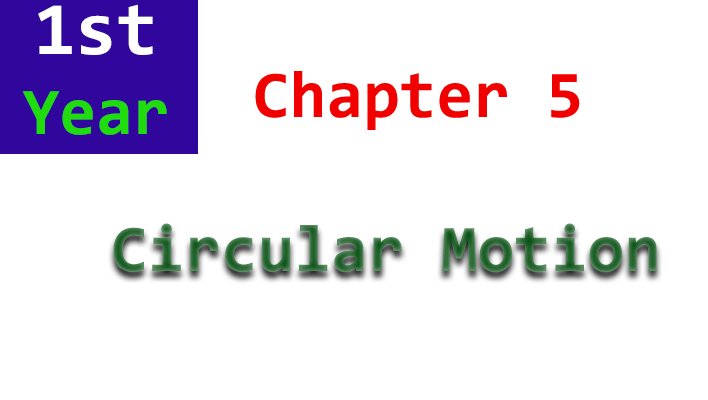Circular motion is a fundamental concept in physics, often encountered in everyday life and the natural world. It involves objects moving in a circular path, and understanding it is crucial for grasping various phenomena, from the motion of planets in our solar system to the dynamics of a simple pendulum. In this chapter, we will explore the key principles of circular motion.
First, we’ll delve into the concept of centripetal acceleration and the forces that keep objects in circular orbits. We will then discuss angular velocity and its relationship with linear velocity, as well as the concept of tangential acceleration. Additionally, we’ll cover important topics such as banking of roads, the conical pendulum, and the Coriolis effect. By the end of this chapter, you will have a solid foundation in the principles governing circular motion, enabling you to analyze and solve problems related to this fascinating area of physics.
Long Questions Notes 1st Year Physics Chapter 5
Short Questions Notes 1st Year Physics Chapter 5
Examples and Numerical Problems Notes 1st Year Physics Chapter 5
- 1st Year Biology Unit No.1 Introduction Notes
- 1st Year Biology Unit No. 2 Biological Molecules Notes
- 1st Year Biology Unit No. 3 Enzymes Notes
- 1st Year Biology Unit No. 4 The Cell Notes
- 1st Year Biology Unit No. 5 Variety of Life Notes

